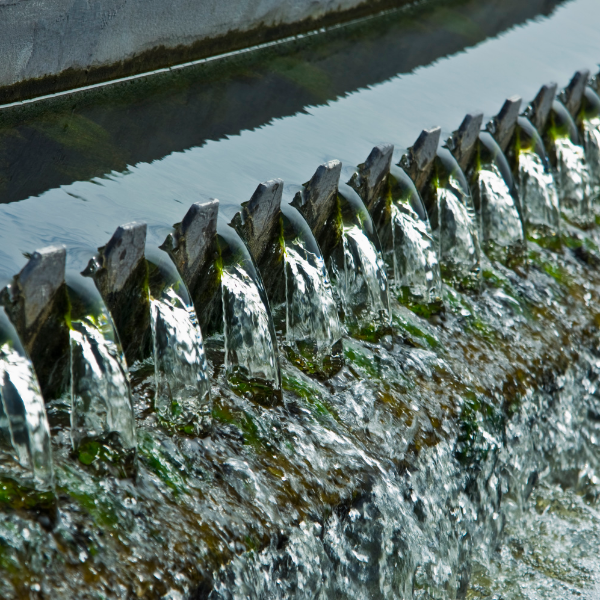Successful pilot to sustainably remove pharmaceutical residues from wastewater

Successful pilot to sustainably remove pharmaceutical residues from wastewater
The use of medicines in the Netherlands is on the rise, leading to an increase in pharmaceutical residues in surface water. These have a negative impact on aquatic flora and fauna and, ultimately, on the production of drinking water. Wastewater treatment plants are faced with the challenge of removing as many of these residues as possible in a sustainable, energy-efficient way in line with current legislation and policies. In a pilot at the treatment plant in Lelystad, our investigation of a sustainable alternative produced promising results.
Various effective, upscaled technologies to remove pharmaceutical residues are already available, including adsorbents such as PACAS (powdered activated carbon in activated sludge) and GAC (granular activated carbon), and oxidation techniques such as ozone. Activated carbon, however – the active ingredient in both PACAS and GAK – is based on a fossil fuel, and its production involves an energy-intensive process. On top of this, activated carbon can only be regenerated by combustion at very high temperatures. Ozone systems, too, involve high energy consumption, and they can also result in the formation of harmful oxidation by-products. As a result, ozone cannot be used everywhere. Water treatment plant managers are thus faced with a dilemma: on the one hand, water quality demands are increasing; on the other, managers are being asked to reduce their energy consumption and carbon footprint. It is therefore essential to explore more sustainable alternatives, test them in pilots, and scale them up.
Maize-based adsorbents
DEXSORB, from US manufacturer Cyclopure, is one such sustainable alternative. DEXSORB is an adsorbent produced from maize; its capacity to remove pharmaceutical residues and PFAS, due in part to its high selectivity, is promising. Compared to activated carbon, DEXSORB’s major advantage is that it can be chemically regenerated at low temperatures. Already validated at laboratory level, the technology needed to be scaled up and piloted in a wastewater setting to test it on various parameters (e.g. removal capacity, energy consumption, operational costs).
Unique
In 2023, the Zuiderzeeland water authority – together with Witteveen+Bos, Cyclopure, Waternet and Hollandse Delta – took up the gauntlet, launching a pilot at their treatment plant in Lelystad. It was the first time DEXSORB had been used in a municipal wastewater treatment plant and thus a unique event. The pilot was part of a broader programme (‘Innovatieprogramma Microverontreinigingen uit afvalwater’) aimed at stimulating new and improved microcontaminant removal techniques for water authorities.
Positive test results
The pilot was completed in early 2024, with Witteveen+Bos describing the test results as promising. Additional research is needed, however, to optimise certain process parameters and ensure removal efficiency. A follow-up study has already been scheduled for this purpose. A welcome, additional outcome of the pilot was learning that DEXSORB is effective (i.e. greater than 70 %) in removing PFAS. Witteveen+Bos now plans to test the DEXfilter at another treatment plant, focusing more on the removal of PFAS using DEXSORB.
Independent advice
Witteveen+Bos’s Tiza Spit was involved in the pilot: ‘The value we add comes from exploiting our process engineering knowledge to incorporate new technologies and process steps at wastewater treatment plants. Because don’t have ties with any particular technology, we can provide independent advice. Water authorities can then decide for themselves, based on hard data, how to keep the quality of their effluent within the established standards.’
